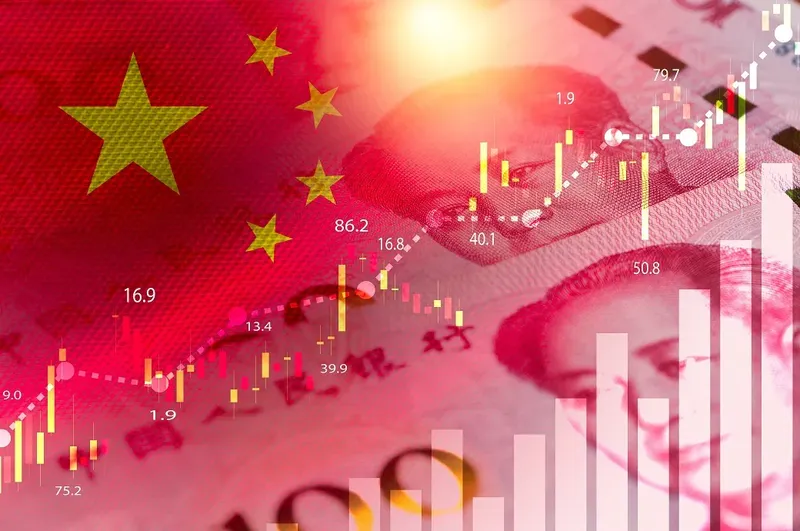Asia-Pacific Economic Outlook: Resilience Amidst Challenges

In the ever-shifting landscape of the Asia-Pacific region, economic projections paint a diverse picture for the coming years. The global economic lens focuses on China, where growth is anticipated to taper off. Recent forecasts from S&P Global have revised China’s growth for 2023 from 5.2 percent to 4.8 percent, with a further dip to 4.4 percent predicted for 2024. This deceleration is primarily attributed to waning consumer and business confidence. Source.
However, beyond the Great Wall, the outlook varies. Several countries in the region, enjoying domestic stability, are experiencing a slight uptick in growth forecasts. Projections stand at 3.9 percent for 2023, remaining steady at 4.4 percent for 2024. Notably, India’s GDP has surged, registering a 4.2 percent quarter-on-quarter growth and an impressive 7.8 percent year-on-year increase, according to a recent analysis by Louis Kuijs and Vishrut Rana from S&P Global.
On the global stage, the United States and Europe appear to be navigating toward soft economic landings. While both are expected to maintain modest growth, concerns linger, particularly concerning inflation. Elevated US interest rates could exert pressure on Asia-Pacific markets and currencies in early 2024.
Despite fiscal retrenchments in China and a global slowdown in demand affecting exports, Asia-Pacific economies are standing strong on home turf. Countries such as Australia, India, Malaysia, and New Zealand have exhibited robust investment and capital expenditure growth.
In sum, the Asia-Pacific economies are poised to weather the headwinds of China’s deceleration, thanks to resilient domestic demand and stable labor markets. This diverse economic landscape underscores the region’s adaptability in the face of ongoing challenges.









